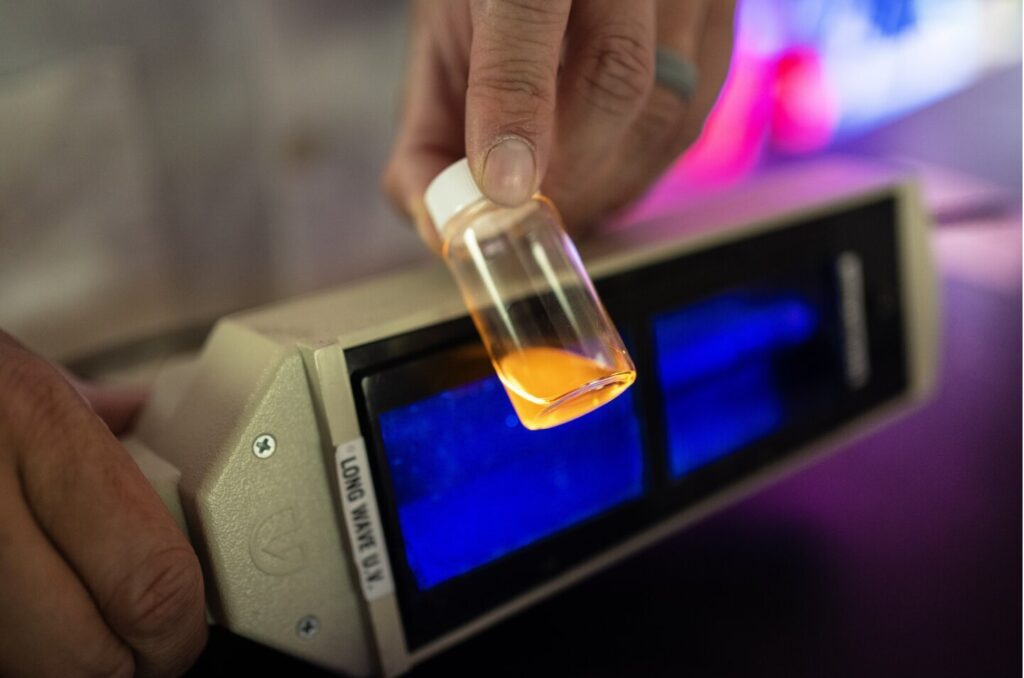In a study published July 29 in Advanced Materials, University of Texas at Dallas researchers found that X-rays of the kidneys using gold nanoparticles as a contrast agent might be more accurate in detecting kidney disease than standard laboratory blood tests. Based on their study in mice, they also found that caution may be warranted in employing renal-clearable nanomedicines to patients with compromised kidneys.
Before administering renal-clearable drugs, doctors routinely check a patient’s kidney function by testing their blood urea nitrogen (BUN) and creatinine (Cr) levels. With the increasing use of engineered nanoparticles to deliver payloads of drugs or imaging agents to the body, an important question is how the nanoparticles’ movement and elimination through the kidney is affected by kidney damage. Can traditional biomarkers like BUN and Cr accurately predict how well—or how poorly—such nanoparticles will move through the kidneys?
The UT Dallas researchers found that in mice with severely injured kidneys caused by the drug cisplatin, in which BUN and Cr levels were 10 times normal, nanoparticle transport through the kidneys was slowed down significantly, a situation that caused the nanoparticles to stay in the kidneys longer.
In mildly injured kidneys, however, in which BUN and Cr levels were only four to five times higher than normal, the transport and retention of gold nanoparticles couldn’t be predicted by those tests.
On the other hand, the amount of gold nanoparticle accumulation seen on X-rays did correlate strongly with the degree of kidney damage.
“While our findings emphasize the need for caution when using these advanced treatments in patients with compromised kidneys, they also highlight the potential of gold nanoparticles as a noninvasive way to assess kidney injuries using X-ray imaging or other techniques that correlate with gold accumulation in the kidneys,” said Dr. Mengxiao Yu, a corresponding author of the study and a research associate professor of chemistry and biochemistry in the School of Natural Sciences and Mathematics.
Chemistry and biochemistry research scientist Xuhui Ning BS’14, Ph.D.’19 is lead author of the study, and Dr. Jie Zheng, professor of chemistry and biochemistry and a Distinguished Chair in Natural Sciences and Mathematics, is a corresponding author. Other contributors are affiliated with UT Southwestern Medical Center and Vanderbilt University Medical Center.


